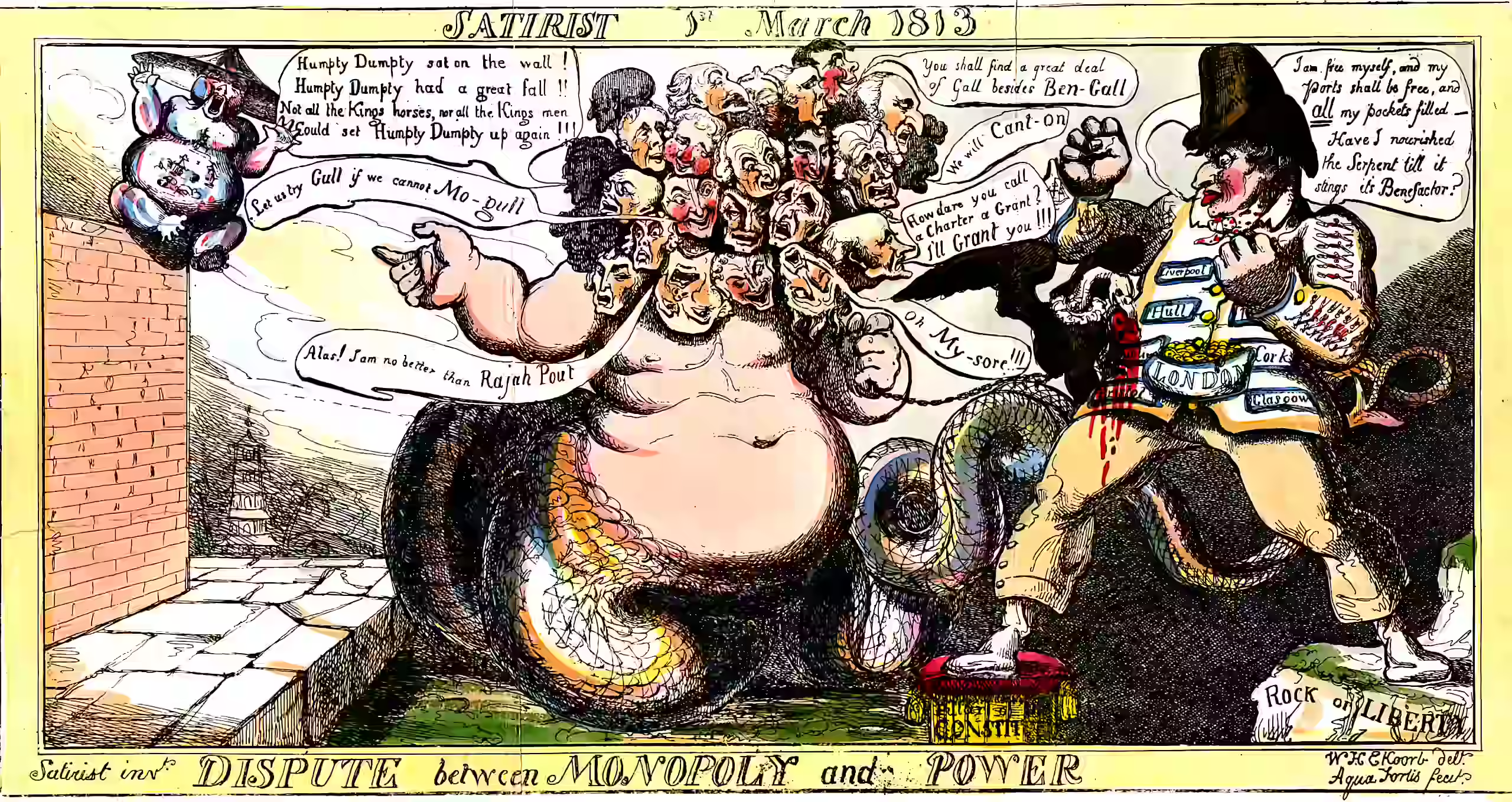Leadership
The default pseudo-content for undirected MBA research
2016-05-25 — 2025-03-02
1 What do business schools mean when they say “leadership”?
Business leadership research is a thing. A phenomenon of the rockpools at the border between the choppy oceans of academia and the land of commerce, where buzzword ecosystems bloom and perish in churning autopoiesis. Is it a real field of study?
I wanted to rant more about this, but before I got around to formulating my thoughts, Venkatesh Rao refined, improved and stated for me some thoughts on this topic that will do. Rao, by being far more cynical than mine in general, is just about well-calibrated for me in this area.
Public displays of CEO thinking are impressive primarily for their sheer banality, far above and beyond the needs of non-offensiveness, political correctness and perception management. You can tell it’s coming from deep down. It’s not an act. I’ve seen it on display in candid, private settings as well, where there’s no particular reason to keep things simple. CEO world views really are that simple. That does not mean they are simplistic or entirely a consequence of survivorship bias and attribution errors. […]
The CEO algorithm is fairly simple in the intelligence it demands. […] There is a reason why Alan Turing framed his eponymous famous test in terms of a computer mimicking a “mediocre intelligence, like the President of AT&T.” More intelligence than is necessary for running the straight-line trim trajectory algorithm (which many CEOs, unfortunately, do have) is a liability that turns the leadership environment into a distraction-rich one that derails sparkling genius minds more readily than it does merely mediocre ones.
He does bang on at length about it, in a possible parody of the form of leadership claptrap he is critiquing.
2 Incoming
History’s Masters The Effect of European Monarchs on State Performance
We create a novel reign-level data set for European monarchs, covering all major European states between the 10th and 18th centuries. We first document a strong positive relationship between rulers’ cognitive ability and state performance. To address endogeneity issues, we exploit the facts that (i) rulers were appointed according to hereditary succession, independent of their ability, and (ii) the widespread inbreeding among the ruling dynasties of Europe led over centuries to quasirandom variation in ruler ability. We code the degree of blood relationship between the parents of rulers, which also reflects “hidden” layers of inbreeding from previous generations. The coefficient of inbreeding is a strong predictor of ruler ability, and the corresponding instrumental variable results imply that ruler ability had a sizeable effect on the performance of states and their borders. This supports the view that “leaders made history,” shaping the European map until its consolidation into nation states. We also show that rulers mattered only where their power was largely unconstrained. In reigns where parliaments checked the power of monarchs, ruler ability no longer affected their state’s performance.
Inbreeding as an instrumental variable for ruler ability. Supports the idea that a competent (and benevolent?) dictator is effective.
Extracting the equivalent effectiveness measure of a parliament would be interesting. Where does a competent institution sit on the monarch competence scale?
Suicide Mission - The American Prospect
CEO Jim McNerney, who joined Boeing in 2005, had last helmed 3M, where management as he saw it had “overvalued experience and undervalued leadership” before he purged the veterans into early retirement.
“Prince Jim”—as some long-timers used to call him—repeatedly invoked a slur for longtime engineers and skilled machinists in the obligatory vanity “leadership” book he co-wrote. Those who cared too much about the integrity of the planes and not enough about the stock price were “phenomenally talented assholes,” and he encouraged his deputies to ostracize them into leaving the company.
